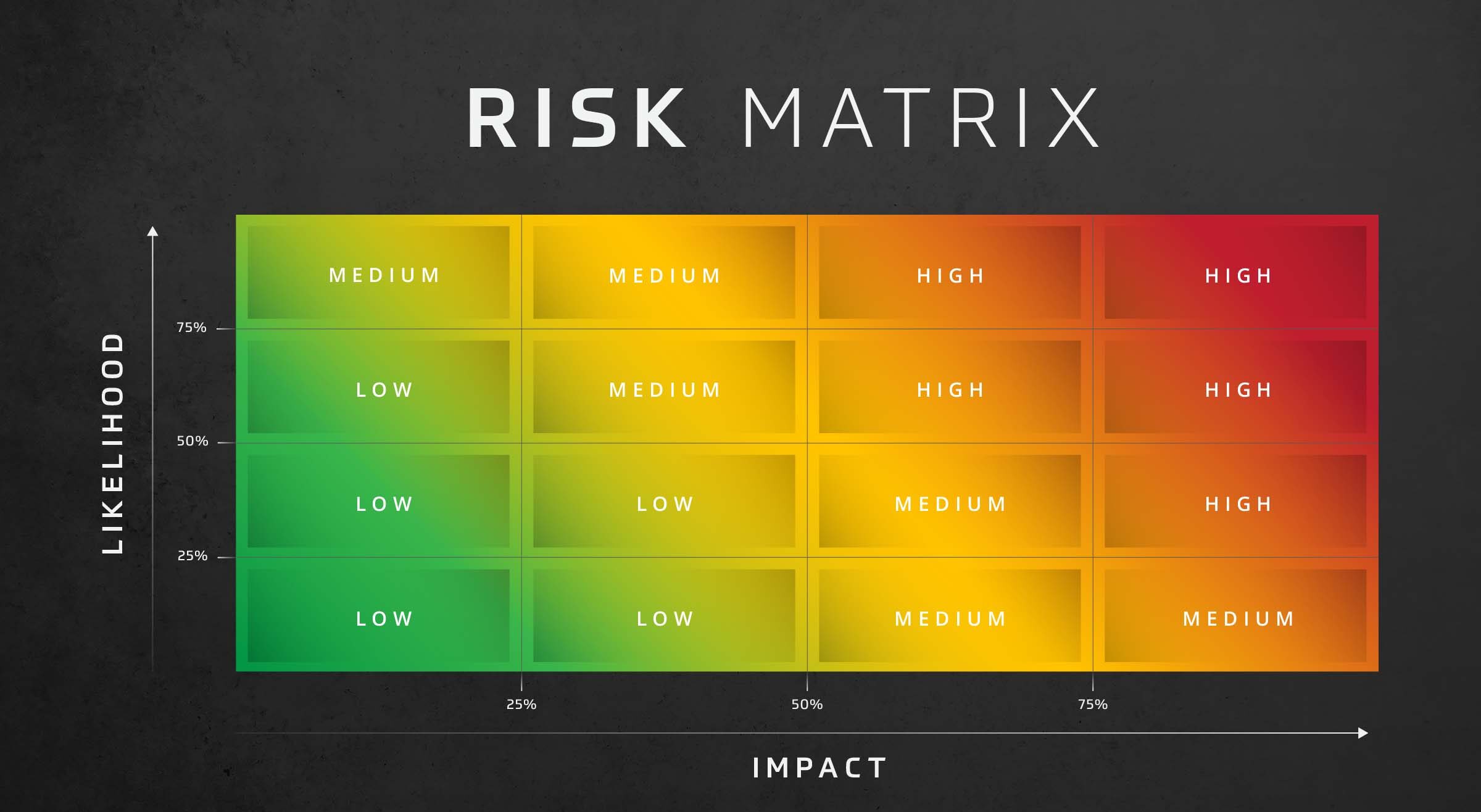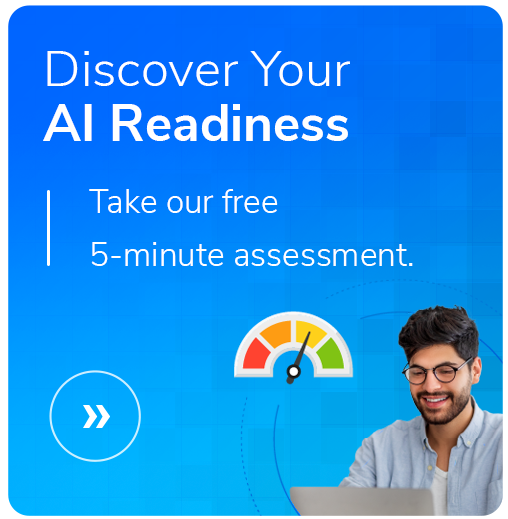4 Ways to Optimize Your Business Impact Analysis
- Written by: Ryan Mosher

You probably already have a Business Impact Analysis (and if not, please call us right now). It could have been done 10 years ago, maybe it was only six months in the past, but it needs to be revisited. As your organization grows, the technology you use changes, and your workforce continually transforms, your BIA should do the same, optimized for your specific organization’s goals.
Here are 4 ways to optimize your Business Impact Analysis (BIA) to ensure you remain resilient, competitive, and responsive to changes. We’ll get into some practical strategies for enhancing your BIA process—whether revisiting your current BIA or starting over, these insights will show you how to have the most impactful BIA possible.
Overarching Tips
Three ideals should apply to every step of your process in order to improve your BIA:
- Stakeholder Involvement: Actively involve various stakeholders from different departments in every process step, from defining scope to prioritizing recovery strategies. This approach ensures a comprehensive, well-rounded understanding of the business’s needs and potential impacts, particularly in technology-driven environments.
- Documentation: Thoroughly document and justify the data collection process and integrate a wide range of data sources, including those from big data and IoT. This promotes transparency and consistency for future analyses and harnesses the depth of insights offered by diverse data. Additionally, clearly document and communicate the critical processes and their significance throughout the organization.
- Review and Adapt: Regularly review and update your BIA to keep pace with the changing nature of technology and business. This includes adapting to new threats, technological changes, market shifts, and regulatory updates. Ensure that the analysis reflects current business objectives, emerging threats, and the evolving criticality of processes. A continuous, adaptable approach is essential for maintaining relevance and effectiveness.
Key Takeaways
Drill Down Scope and Criteria Definitions
Precisely define the scope and criteria of your BIA, aligning with current goals and IT strategies, to ensure a focused, efficient analysis that supports strategic decision-making.
Refine and Upgrade Data Collection
Gather diverse, high-quality data using advanced technology, ensuring meaningful insights for risk assessment and strategic decision-making.
Clarify Impact Analysis
Combine quantitative and qualitative evaluations to understand and address potential operational and IT disruptions strategically.
Prioritize Recovery
Align recovery strategies with business objectives, ensuring efficient resource allocation and adaptable plans for organizational resilience.
Drill Down Your Scope and Criteria Definitions
Precision in defining its scope and criteria is essential when improving an existing BIA. A well-defined scope ensures that the BIA remains focused and relevant, directly supporting strategic decision-making.
- Objective Clarity: Begin by revisiting the BIA’s original objectives. Are they still aligned with the current organizational goals and IT strategies? Updating these objectives may be necessary to reflect evolving business landscapes or technological advancements.
- Scope Specification: Delineate the boundaries of your BIA. Does it encompass the entire organization or focus on specific departments or technological infrastructures? A narrow scope might overlook critical interdependencies, while an overly broad scope could dilute the analysis’s effectiveness.
- Criteria Establishment: Establish explicit criteria for evaluating the impact on operations, including quantitative and qualitative measures. These criteria should consider direct financial implications and factors like customer satisfaction, regulatory compliance, and long-term strategic goals.
By precisely defining the scope and criteria of your BIA, you can ensure a more targeted, efficient, and practical analysis. This clarity aids in better understanding the dependencies within IT structures and their impact on business operations, ultimately leading to more informed and strategic decision-making.
Refine and Upgrade Your Data Collection
Accurate and comprehensive data collection is crucial for enhancing the effectiveness of a BIA. This step ensures that your BIA provides meaningful insights and supports informed decision-making.
- Diverse Data Sources: Expand your data collection to include a variety of sources. This could involve internal records, feedback from different departments, and external market analysis. Using diverse sources helps in capturing a complete picture of potential impacts.
- Quality Over Quantity: Focus on the relevance and reliability of the data. It’s not just about gathering more information but about ensuring that the data collected is pertinent to the objectives of your BIA.
- Technology Usage: Leverage technology for efficient data collection. Tools like automated data gathering systems, AI-driven analytics, and cloud-based platforms can streamline the process and provide real-time insights.
Enhancing your data collection practices provides a stronger foundation for your BIA. Accurate data leads to better risk assessment, more effective strategies, and a more resilient organization.
Clarify Your Impact Analysis
A robust impact analysis is essential for prioritizing recovery strategies effectively in a BIA. This involves a deeper understanding and quantifying potential impacts on operations and IT systems.
- Quantitative Assessment: Assess the financial implications of potential disruptions. This should include possible revenue loss, cost implications of downtime, and the impact on service-level agreements.
- Qualitative Evaluation: Beyond financial metrics, consider the qualitative aspects like customer satisfaction, reputation damage, and employee morale. These elements are often harder to quantify but are crucial for a comprehensive understanding of impact.
- Priority Setting: Based on the quantified and qualified impacts, prioritize the areas needing immediate attention in recovery efforts. This prioritization should align with the organization’s strategic objectives and operational requirements.
- Interdependency Analysis: It is vital to understand the interdependencies within IT systems and business processes. A disruption in one area can cascade, affecting multiple facets of the organization. Stakeholder involvement is particularly key in this area.
- Scenario Planning: Develop various disruption scenarios and analyze their potential impacts. This helps prepare for a range of possibilities, making your BIA more robust and actionable.
Through a detailed and dynamic impact analysis, organizations can ensure that their recovery efforts are focused, efficient, and aligned with their most critical business areas, thereby enhancing their resilience against disruptions.
Prioritizing Your Recovery Strategies
Prioritizing recovery strategies in a BIA involves aligning these strategies with the organization’s overarching business objectives. This ensures that recovery planning is adequate, relevant, and value-driven.
- Alignment with Business Goals: Ensure recovery strategies support and align with the core business objectives. This ensures that the most critical aspects of the business are protected and prioritized in recovery efforts.
- Resource Allocation: Allocate resources effectively based on prioritization. This includes specific budgeting for recovery measures and assigning certain personnel for implementation.
- Scalability and Flexibility: Develop recovery strategies that are scalable and flexible, allowing them to adapt to various scenarios and changes in business priorities.
By prioritizing recovery strategies closely aligned with business objectives, organizations can ensure more efficient and effective recovery planning.
Conclusion
Optimizing your Business Impact Analysis is not just about adopting new techniques; it’s about embracing a mindset of continuous improvement and adaptability. Organizations can significantly enhance the effectiveness of their BIA by involving a wide range of stakeholders, enhancing documentation processes, staying abreast of technological and market changes, and aligning recovery strategies with business objectives. The key lies in understanding that a dynamic business environment requires an active approach to impact analysis. Implementing these strategies will help identify potential risks and impacts more accurately and ensure that recovery efforts are pragmatic, efficient, and aligned with the organization’s strategic vision. Remember, an optimized BIA is a powerful tool in your organization’s resilience toolkit, offering clarity, foresight, and a pathway to sustained operational success.
Allow HBS to Help
Ready to elevate your Business Impact Analysis and fortify your organization’s resilience? Don’t navigate this crucial process alone. Contact HBS today for expert guidance and tailored solutions. Our team is dedicated to helping you optimize your BIA, ensuring it aligns perfectly with your unique business needs and goals. Reach out to HBS now and take the first step towards a more robust, insightful, and adaptive approach to your Business Impact Analysis. Let’s work together to safeguard your organization’s future.
Related Content

5 Tips for Improving Your Business Continuity Plan
Discover 5 crucial ways to improve your Business Continuity plan for resilience. Engage in effective strategies for a robust, adaptable BCP.

6 Key Elements of a Disaster Recovery Plan
Discover the 6 key elements of a Disaster Recovery Plan to safeguard your business against unexpected disasters. Essential reading for organizational resilience.

Risk Assessment: Likelihood and Impact
Assess risk effectively with the risk assessment likelihood and impact matrix. This decision-making matrix assesses risk based on the likelihood and impact of threats in your organization.






